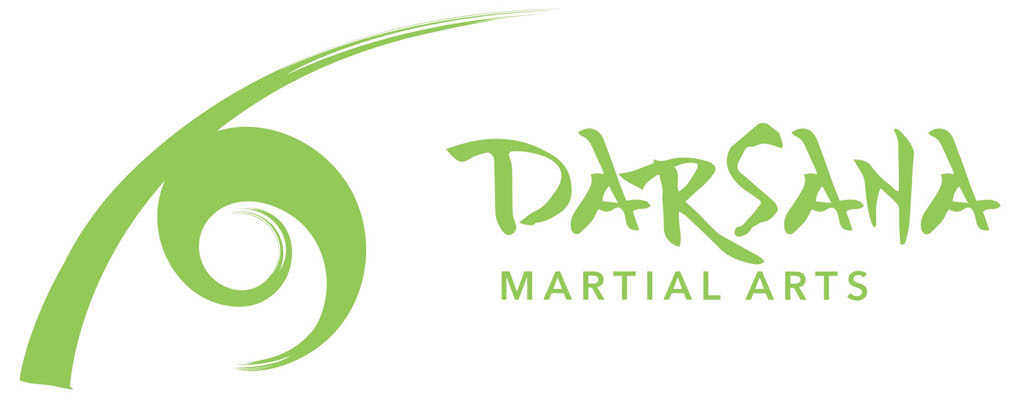Tai Chi (also spelled Taiji) is a movement and meditation discipline with roots in ancient Chinese traditions. On the surface, Tai Chi presents as a series of slow, fluid movements that embody symmetry, and grace. Many come to the art seeking to improve their balance, increase their functional mobility, and relieve mental stress. Indeed, Tai Chi can be a wonderfully accessible vehicle for achieving those goals, but it can also be much more.
Tai Chi – encapsulated in the yin-yang symbol – is a polar state of being in which apparent opposites are reconciled as complementary aspects of a unified whole. When we look at the world through that lens, we can see that all things can be perceived as tai chi symbols – from the smallest individual entity to the entire cosmos. This grants us the perspective to reconcile opposition and discover the inherent harmony that’s always present. The physical practice of Tai Chi movements provides us with a laboratory for discovering that harmony in our own bodies. Then we can apply the revelations we have in practice to other aspects of our lives. In this way, Tai Chi can transcend the limits of its physicality and become a way of approaching everything in life.
We have two Tai Chi classes at Darsana Martial Arts:
Tai Chi-Qigong is our class best suited for beginners. In this class, fundamental movements and concepts are explained with clarity and depth, and each student is encouraged to learn at their own pace and move according to their current physical abilities. There is also a greater emphasis placed on Tai Chi’s moving meditation aspects in this class, rather than its traditional, martial roots.
Chen Taijiquan is our class best suited for students who have been training with us for some time, or have prior experience in the art. The “quan” attached at the end translates as “fist” and implies the martial aspects of Tai Chi. In this class, students focus on advancing through the traditional Chen style curriculum. This includes the empty-hand and traditional weapons forms, as well as two person exercises such as push-hands (tui shou). Through this class, students can receive certificates of level (1 through 5) and learn the martial underpinnings of this art such as qin na (locking methods), fa jin (explosive power), and the sensitive responsiveness taijiquan is known for.
